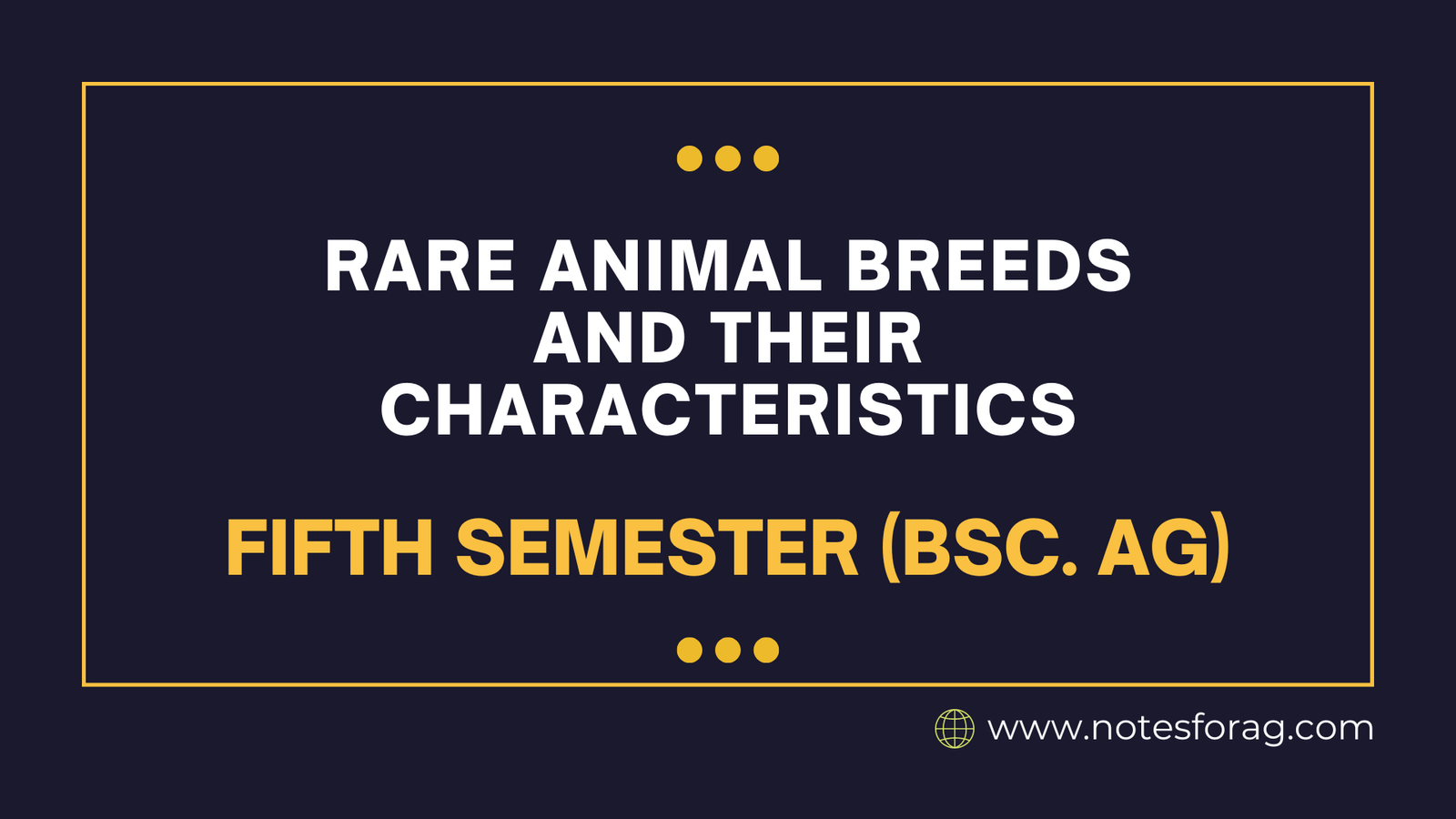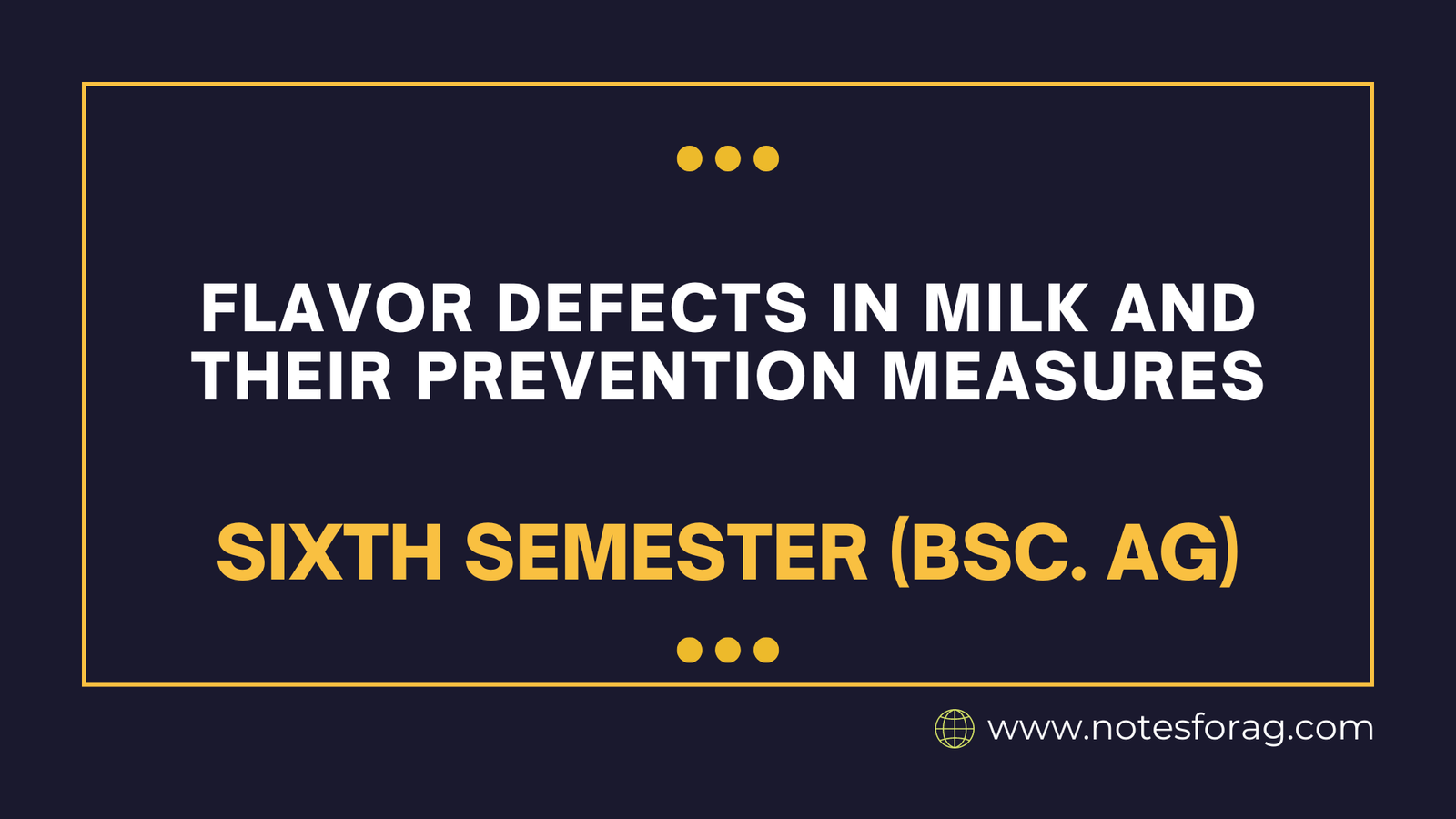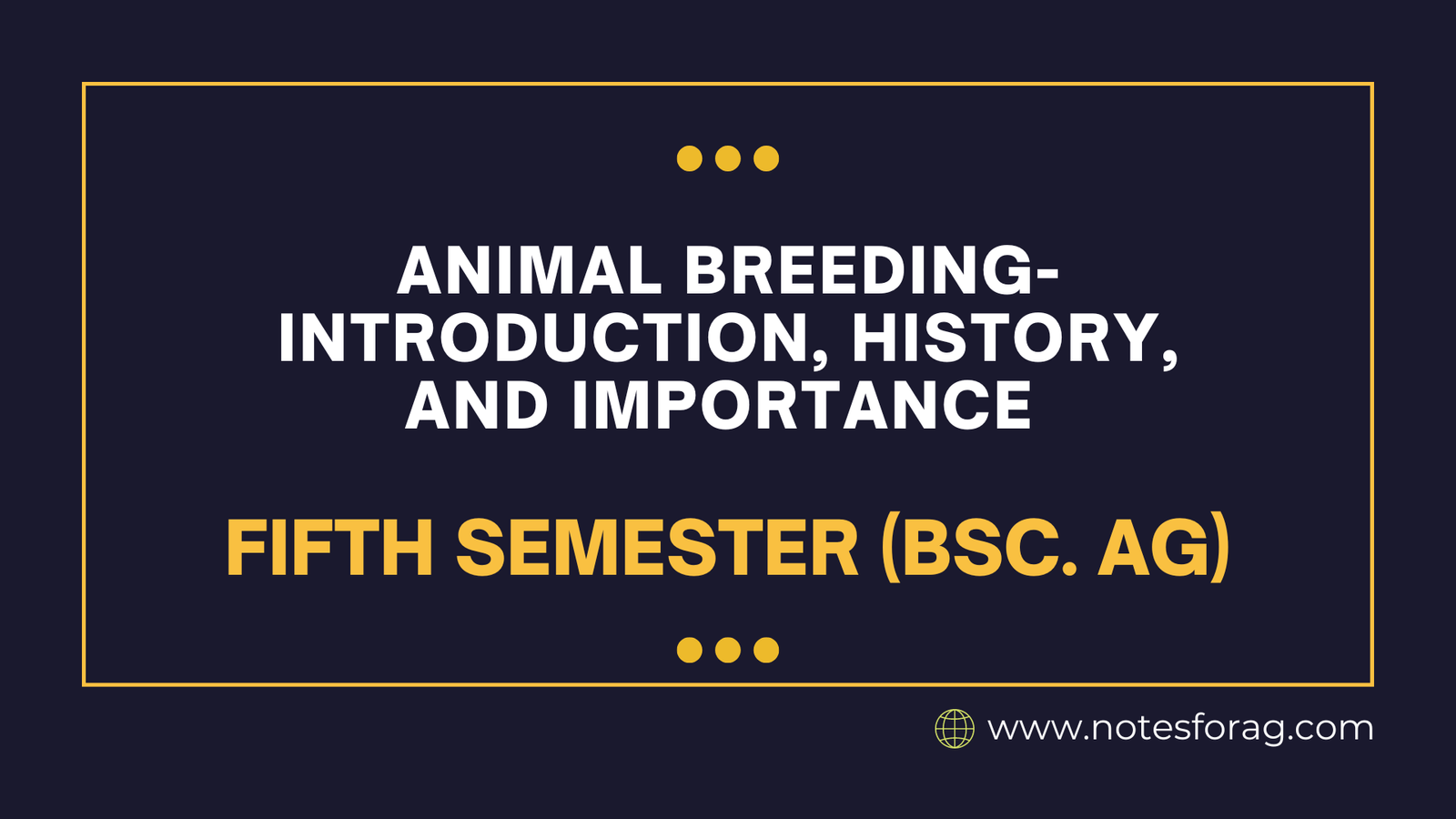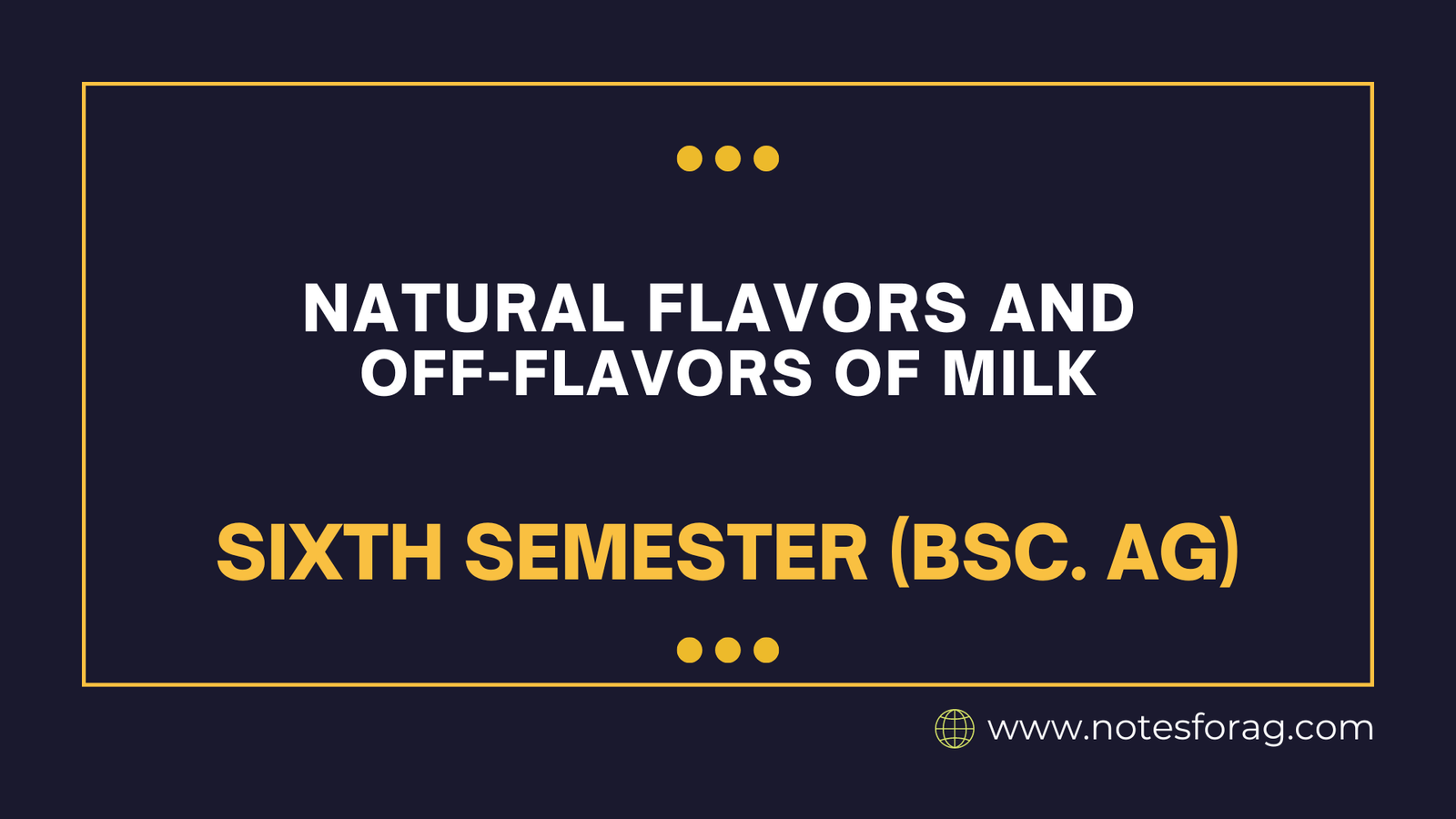Variation and causes of variation
Variation refers to differences in features across individuals within a species, such as size, color, or behavior. It can be produced by genetic factors like as mutations and recombination during reproduction, as well as environmental impacts such as temperature and diet. These modifications can be continuous (displaying a range) or discontinuous (different categories). They are … Read more










